Review: "28 Years Later" is bold, bizarre, and beautiful
This extraordinary sequel absolutely wrecked me
I watched the original 28 Days Later for the first time earlier this week. Inexcusably late to the party, I know, but the film has been such a massive influence on the last 25 years of horror and zombie fiction that I thought I had perhaps already absorbed it through cultural osmosis. I was very wrong. Many movies have pulled from 28 Days Later, but none – including its extremely ill-considered sequel, 28 Weeks Later, made by a different creative team – are at all like the genuine article in actual style or substance. The film is one of the towering achievements of early digital filmmaking, with the great cinematographer Anthony Dod Mantle leaning into the raw, rough qualities of the DV format to create image after image of arresting compositional poetry, an ersatz, dreamlike representation of a world gone askew. While it does eventually arrive at a place many zombie films go – plain uninfected humans are the greatest threat to each other – for its first half, 28 Days Later is a disarmingly quiet story about ordinary people helping each other through extraordinary times, experiencing real moments of quotidian happiness as they survive together. There is a real investment in humanity – and in human sensations and emotions – throughout the film, to a degree that took me aback. If it reminded me of anything, it wasn’t any other zombie flick, but writer Alex Garland’s own 2018 film Annihilation, also a journey into a heart of darkness that finds all manner of haunting beauty, human insight, and emotional tenderness along the way. But where Annihilation suffers from Garland the writer not always trusting Garland the director to convey ideas purely through mise-en-scene, 28 Days Later is balanced perfectly by Danny Boyle’s simultaneously deft and unpredictable hand in the director’s chair, as he finds such an emotive and sensual way into Garland’s script. It is a special movie, one of the unassailable highlights in the careers of both writer and director.
And with 28 Years Later, I think they’ve absolutely outdone themselves.
As with the original, whatever nebulous expectations I had going in were utterly shattered by the strange and singular shape of the film itself. Once again directed by Boyle, written by Garland, and shot by Mantle, 28 Years Later isn’t much at all like 28 Days Later, except in the ways it is also abstract, protean, and deeply felt, a zombie survival film1 that’s really a challenging, strange, somewhat experimental human drama. With another quarter-century of maturity under their belts, Boyle and Garland return to the material as better filmmakers and storytellers capable of even deeper and bolder explorations. This is a better film than the original, one a touch more ambitious, beguiling, and profound in all dimensions. It absolutely wrecked me, and I think it might just be my favorite film of 2025 so far.
That’s not an opinion I expect to see universally shared. 28 Years Later is enough of a curveball that it will likely polarize audiences, especially those with hazier memories of the original who perhaps remember it as a more straightforward experience than it actually is. When the credits rolled, my mostly-full opening night auditorium bustled with mixed opinions and debate. The man sitting next to me said to his friend, in a tone of confusion, “that wasn’t really a horror movie, was it?” Accepting that ‘horror’ is a great genre in no small part because of its wonderfully elastic definition, I understand where the guy was coming from: horror isn’t the first word I would reach for in describing 28 Years Later either. There are excellent sequences of tension and action, and plenty of exquisitely gnarly images peppered throughout (take a drink every time you see a spinal cord ripped from its body, and you’ll definitely get a good buzz by the end), but at its heart, the film shifts gears into a sort of young-adult survival narrative, its tonal and thematic concerns closer in spirit to arthouse coming-of-age classics than the George A. Romero touchpoints of the original.
28 Years Later follows a 12-year-old protagonist, Spike (Alfie Williams, in one of the great child performances of recent memory), living on a small island colony within the quarantined United Kingdom (one of my favorite details of these films is the way the world outside the British isles has continued as normal – the whole world didn’t end, just this one relatively small corner of it). I want to preserve as many of the film’s ‘surprises’ as I can, not because this is a movie particularly heavy on plot, but because so many of the film’s pleasures come from watching this world unfold and discovering its myriad beauties and horrors alongside the characters; this is particularly true this time around as we see it all through the eyes of a previously-sheltered child, venturing into the world for the first time. So I will simply describe the film’s story like this: in its first half, Spike learns about killing from his father (Aaron Taylor-Johnson, possibly doing career-best work), and in the second, he learns about dying from his mother (Jodie Comer, brilliant as always). They are two sides of a greater coin called ‘living,’ a process he can only begin to comprehend after making these two consecutive journeys.
Like 28 Days Later, Years is beautiful from top to bottom, even when it is horrifying. For every scare or burst of graphic violence, there are two or three moments of startling humanity, quiet nuanced connection, or profound emotionality. Often these sensations are all stacked atop one another, as in a sequence where Spike and his father make a mad dash to safety across an oceanic causeway, with a cosmic expanse of stars and nebulae – a night sky now unaffected by light pollution – cascading overhead. The violence and the beauty go hand in hand; it is an ethos that carries all the way through to the film’s absolutely batshit crazy swing of an emotional climax. That final stretch goes to places I’ve never seen before, both literally – in the sense of what the film delivers visually for its last major location – and thematically, in how its deployment of that expressionistic mise-en-scene is so hauntingly evocative of the phrase that animates the film’s ideas: memento mori. Where 28 Days Later was a young man’s movie, a statement about the desperate and beautiful purpose of living and loving in defiance of a broken world, 28 Years Later reflects the aging of its creators: it is a film about death and dying, frank and mature in its confrontation of life’s ultimate destination, and resolute in its refusal to see that natural end point nihilistically. Here is a film that finds real beauty in a sea of corpses, and in the act of adding the remains of another loved one onto the pile. Ralph Fiennes shows up as our guide here, and spends his entire appearance slathered in iodine and usually holding at least one severed human head; somehow, he comes across as the most sane and empathetic character in the series. It is all ridiculous, and it is all profound, and watching it all unfold eventually reduced me to tears.
As in the original film, Anthony Dod Mantle is the star of the show. He was the first great cinematographer of digital video, lensing several of the Dogme 95 films – most notably Thomas Vinterberg’s The Celebration(1998) – before joining with Boyle and eventually becoming the first person to win an Oscar for digital capture with Slumdog Millionaire (2008). 28 Years Later deploys digital cinematography more boldly than we have seen in a long while. It was shot mainly on an iPhone 15 Pro Max, and the use of a consumer camera system very much recalls the use of early handheld DV cameras on that first wave of digital filmmaking in the 1990s and 2000s, like 28 Days Later, the Dogme 95 movement, or David Lynch’s Inland Empire (2006). These were movies where the inherent imperfections of the format – the jagged artifacts on edges and outlines, the swarm of noise in low-light environments, the hazy sheen of the low resolution – created a certain abstraction, a dreamy quality, a sense of subjectivity that surprisingly served to heighten the emotional resonance. Here, 28 Years Later has the added touch of a big studio budget, stunning panoramic location work, and most interestingly, use of the ultra-wide 2.76:1 aspect ratio (also known as ‘Ultra Panavision,’ in its celluloid roots, where it was also resurrected this year on Ryan Coogler’s Sinners). I cannot say I’ve ever seen a combination of visual elements like the one Mantle and Boyle have assembled here, and I found it positively intoxicating. The digital texture of the image, the scale of everything we are looking at, and the overwhelming width of the frame combine to create an experience that is both deeply immersive and subtly surreal, a dream or a memory or an out-of-body experience – or, perhaps, an odd and unwieldy world as viewed through the eyes of a child. In combination with Boyle’s customarily offbeat yet finely honed editorial language and a truly stunning, indescribably ethereal score from the band Young Fathers, 28 Years Later is a complete aesthetic package, a tour-de-force that should be seen and heard on the biggest and brightest screen possible.
This is what a sequel should be: not a mere extension or repeat of the original, nor an easy call to the nostalgia centers of our lizard brains, but a bold new work that uses that earlier creation as a springboard for further ideas and greater, more challenging artistry. Boyle and Garland are not done yet, as 28 Years Later is planned to be the first entry in a new trilogy; the second part, subtitled The Bone Temple, has already been shot by director Nia DaCosta, and is planned for release next year. But it’s important to stress that 28 Years Later works entirely on its own terms, and at no point feels like an exercise in crass brand expansion. Even the final scene, which certainly seems to tee up the next stage of this story, absolutely works within this film’s specific emotional and thematic context. Violent, bizarre, and darkly funny, it plays like one more statement on the way the world seems to get bigger, stranger, and more unpredictable once one goes out and starts living in it.
28 Years Later solidifies, for me, that as great as they are apart, the best versions of Alex Garland and Danny Boyle are the ones who collaborate together. In 28 Days Later, 2007’s Sunshine, and now in 28 Years Later, there is an ineffable quality to their particular creative chemistry that goes above and beyond what either is able to accomplish alone. Garland balances out Boyle’s worst inclinations towards twee sentimentality, while Boyle so beautifully finds the feeling and sensuality in Garland’s writing, things Garland the director sometimes doesn’t trust himself enough to fully embrace. I am so glad to finally see the two working together again, and excited to see where they take this journey next. This may well be both of their finest hours so far.
Read the book 200 Reviews by Jonathan R. Lack in Paperback or on Kindle
Subscribe to PURELY ACADEMIC, our monthly variety podcast about movies, video games, TV, and more
Like anime? Listen to the podcast I host with Sean Chapman, JAPANIMATION STATION, where we review all sorts of anime every week. Watch on YouTube or Subscribe wherever you get your podcasts.
Debate has always raged over whether it’s fair to call 28 Days Later a ‘zombie’ film, since the threatening horde is comprised of infected humans, not undead ones, but it’s such a stupid semantic debate – the only way these creatures aren’t zombies is in the vocabulary used to describe them – that 28 Years Later actually fully abandons the pretense and outright uses the term ‘zombie’ late in the film. So there. Debate settled.


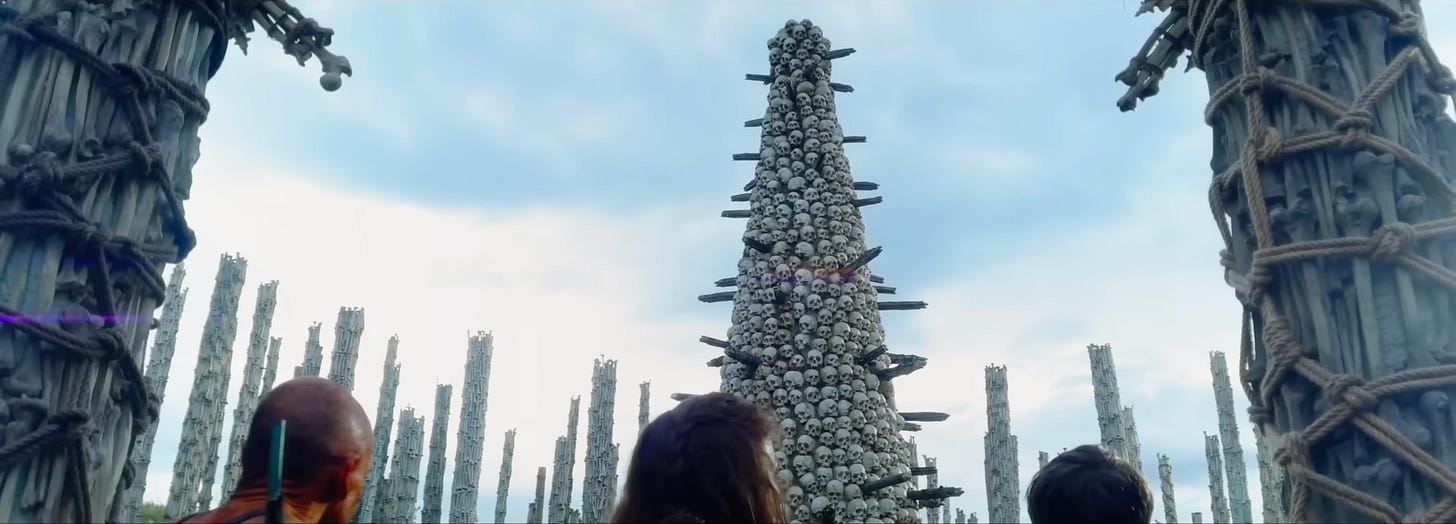
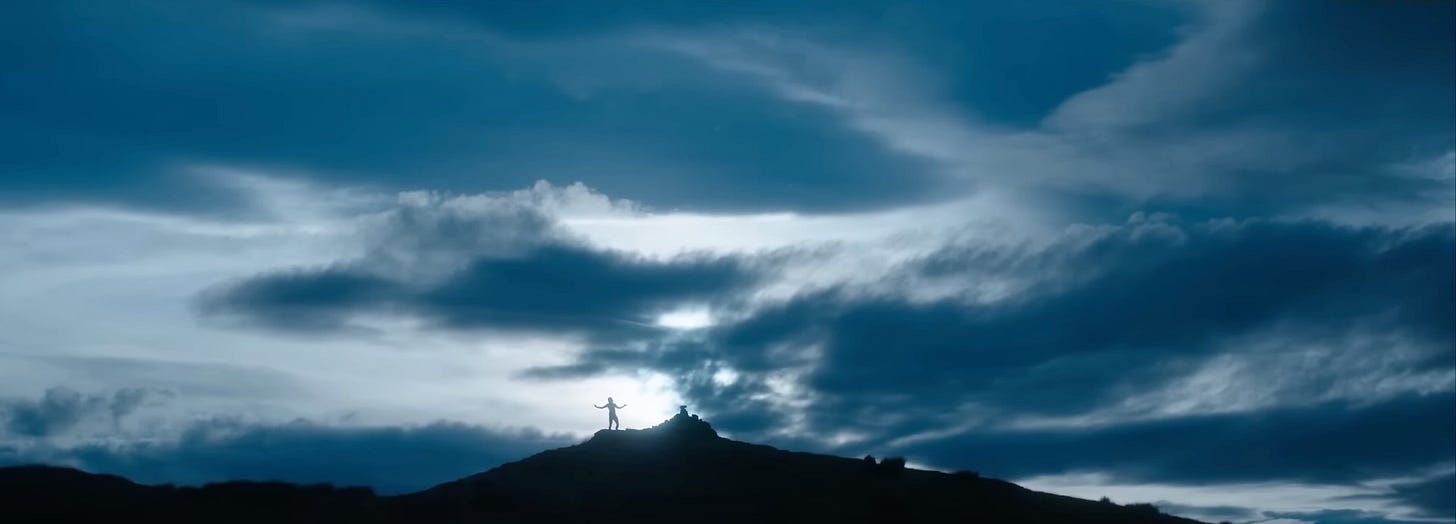

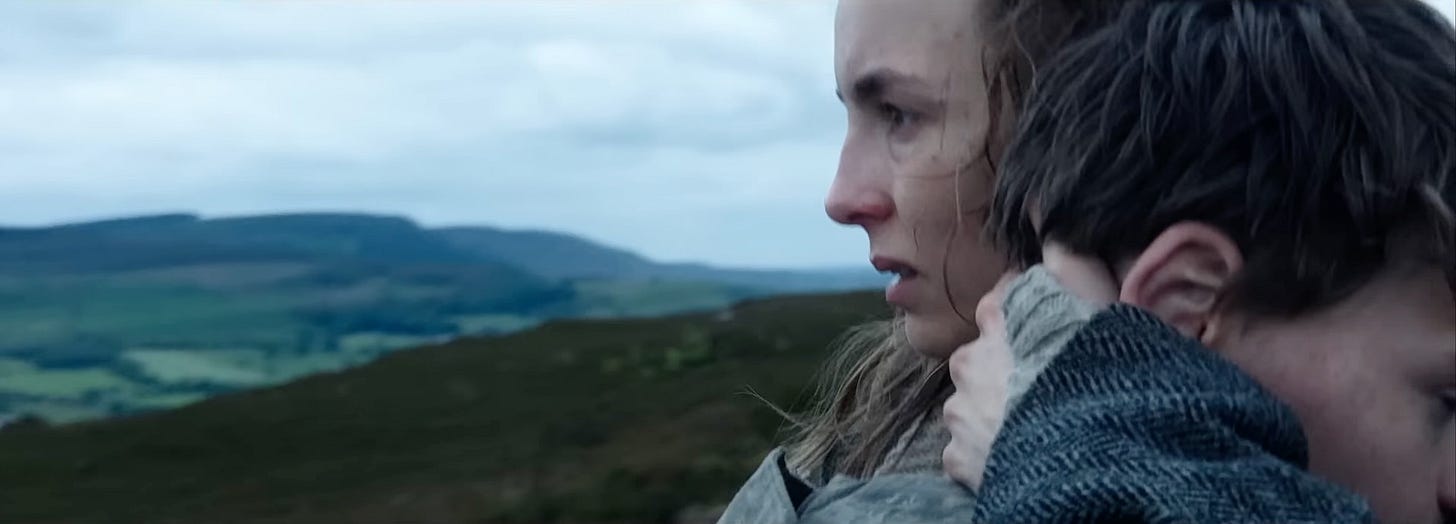
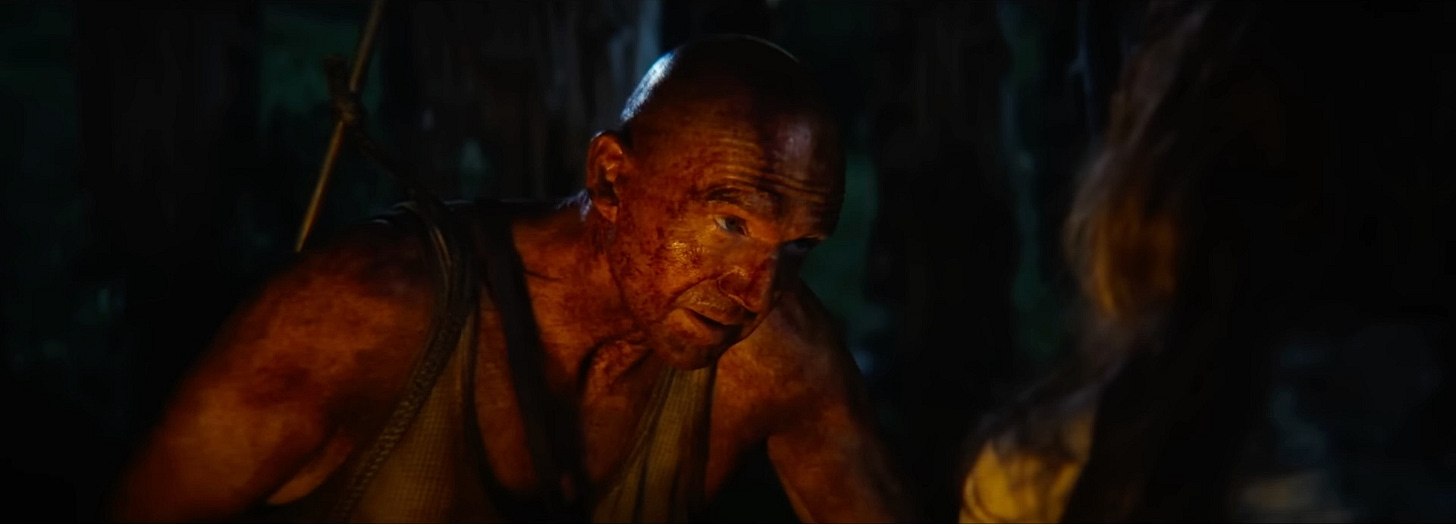
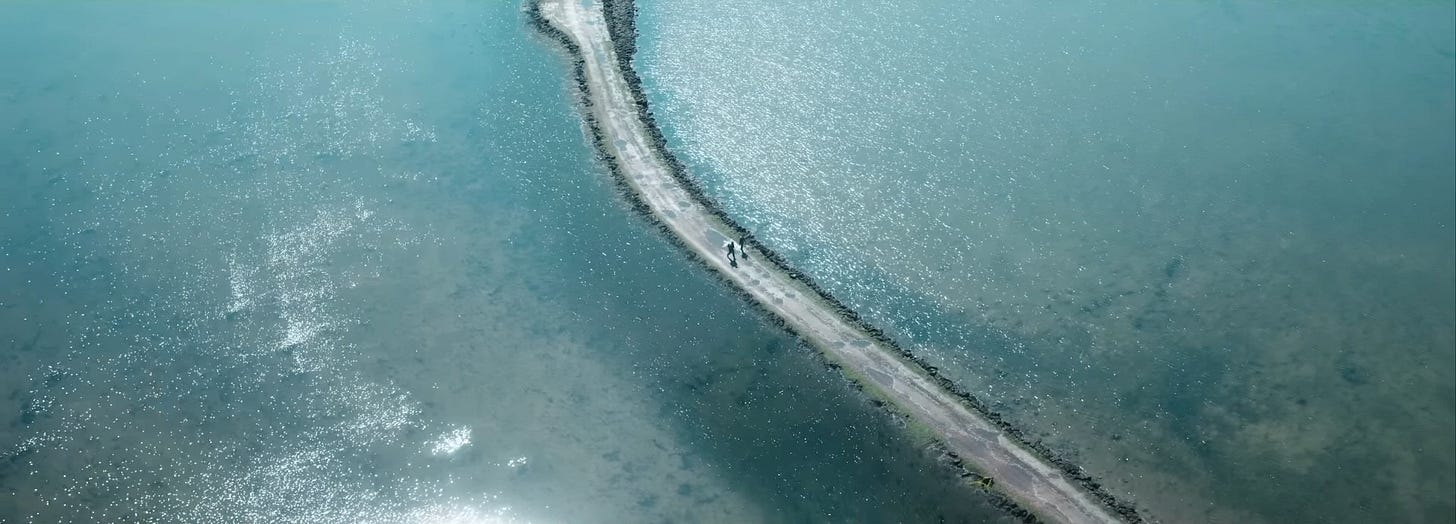
Saw it a week or so ago. I also thought it had a brain cavity full of emotion. I quite enjoyed the connection it enabled. I didn't know they had shot most on the iPhone. I can't believe that technology is actually real. Plus the ever so modern and slowly becoming popular ultra wide. Maybe it's time to rewatch The Budapest Hotel.
Great read, went to see it yesterday and loved it, the two separate journeys with both paretns and what they mean for Spike is a part worth mentioning for sure